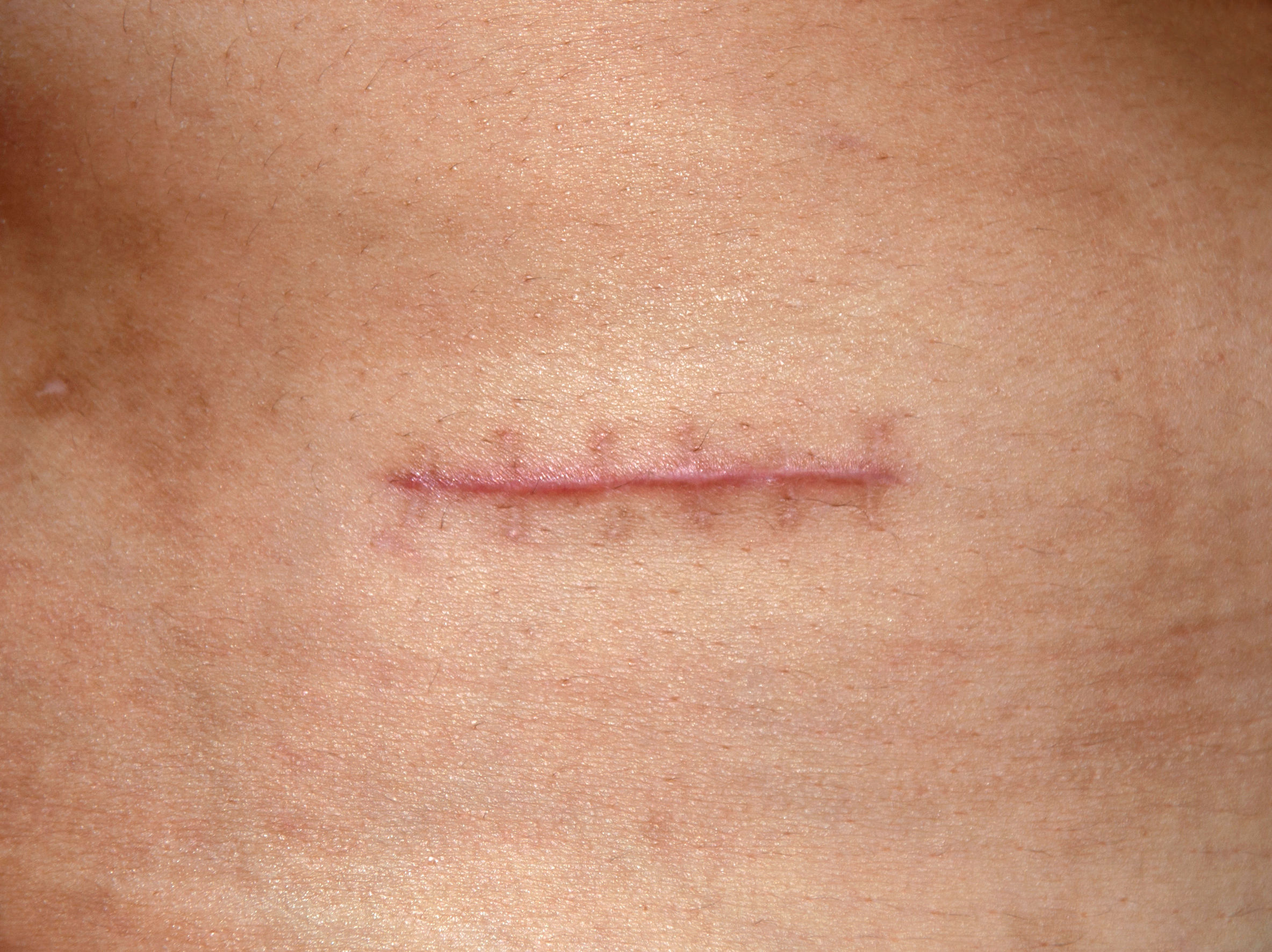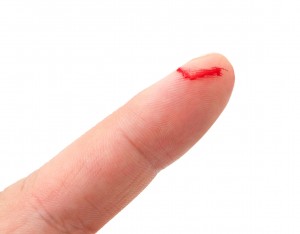
29 Apr How are scars formed?
Scars are formed when the protein in your skin, called collagen, is damaged. Collagen contains cells called fibroblasts that are responsible for rebuilding the skin once damage has occurred. They do this by repairing the damage with collagen as a quick fix to a wound or cut.
Collagen is tough and flexible like normal skin. However, it doesn’t have any sweat glands or hair follicles in it so it looks and feels different to the skin it’s replaced. Plus, skin naturally forms a weaved pattern whereas collagen knits together in a single direction adding to the reasons why it appears different to your old skin.
There’s a few different kind of scars too. Which one you are left with depends on its appearance and how much collagen it contains. The most common are Hypertrophic and Atrophic. Let’s have a look at the characteristics of each one and how they’re formed:
Hypertrophic. These are the most common type of scars and typically have a raised area around the scar. They often contain nerves and blood vessels and develop after traumatic injury. Hypertrophic scars often itch and irritate and can continue to grow or thicken for up to two years
Keloid. A subset of Hypertrophic scars, Keloids or Keloidal scars can grow over the boundaries of the original wound and can occur in clusters on the skin. One of the major characteristics of a Keloidal scar is their dark red colour which stands out in stark contrast to normal skin. Younger people and those with dark skin are more likely to develop this type of scar
Atrophic. Unlike Hypertrophic scars, Atrophic scars have a sunken appearance. They’re commonly associated with acne, chicken pocks or infection, and occur when muscle and fat below the scar is damaged.
UK/DER/14/0002q
Date of Preparation August 2014

